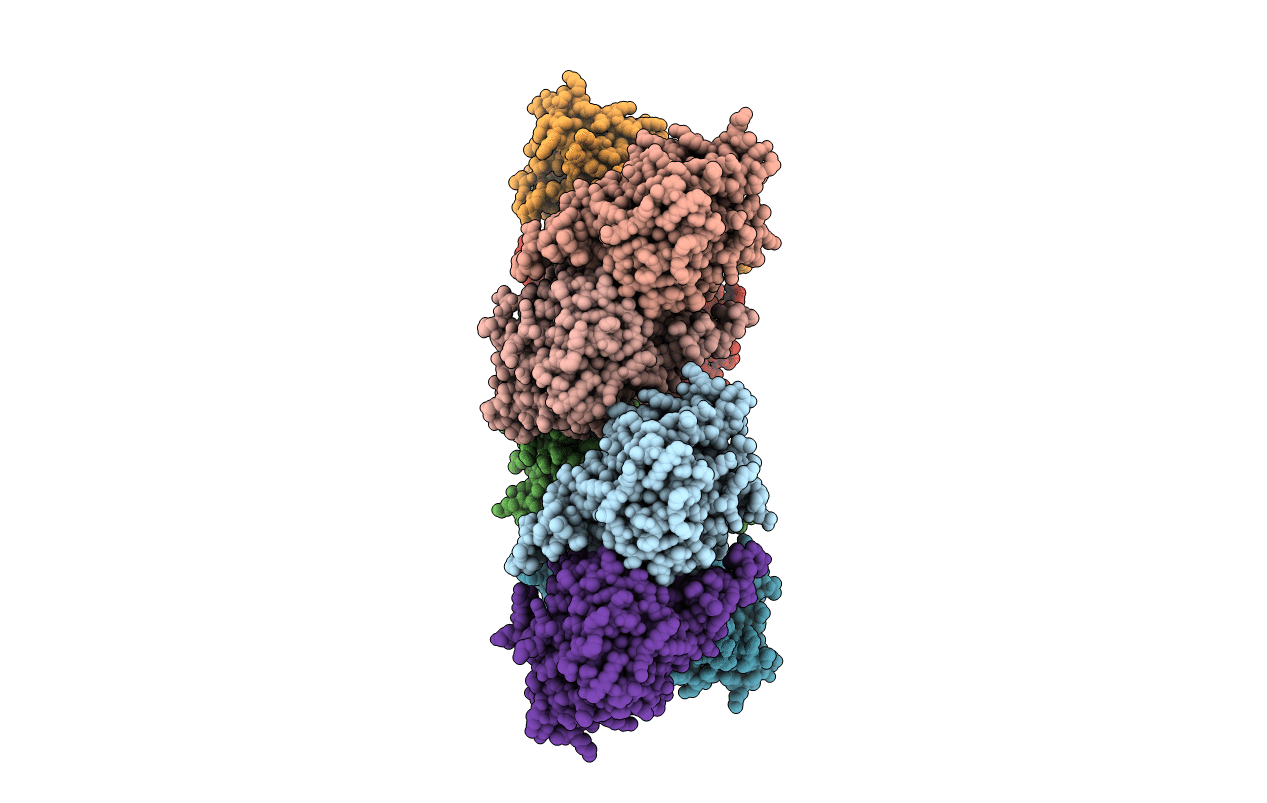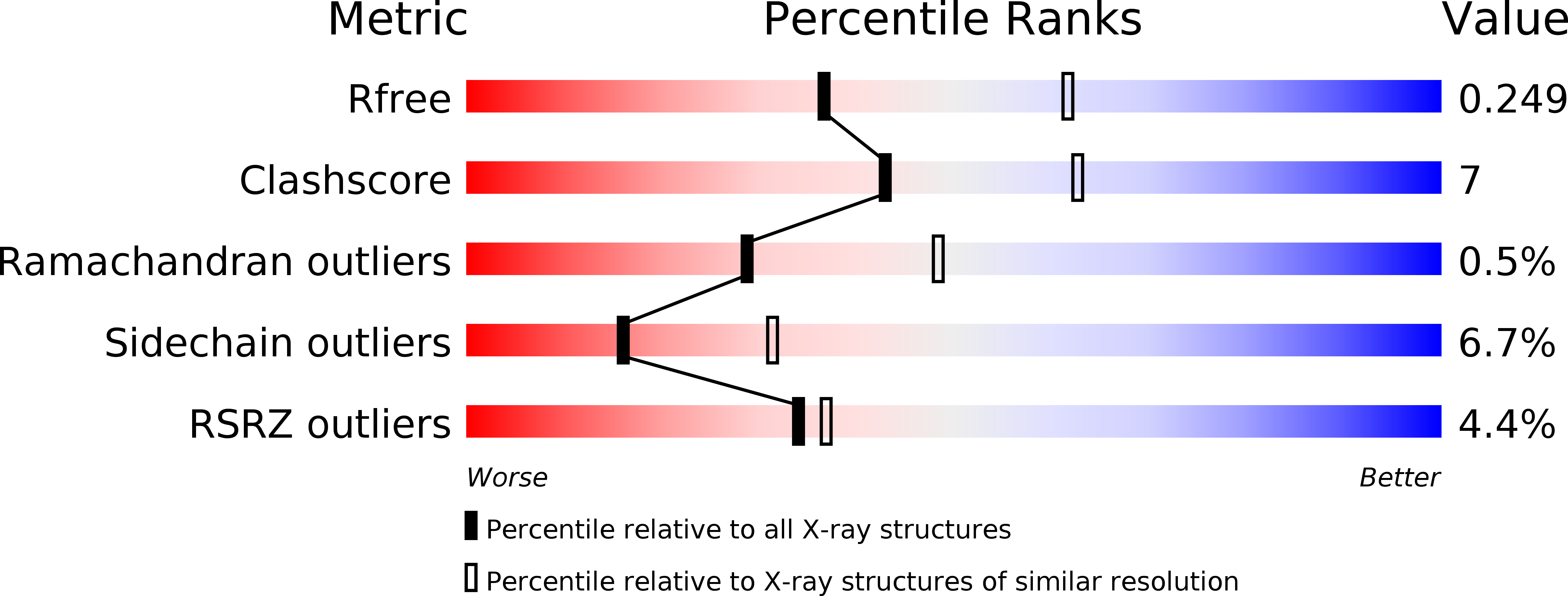
Deposition Date
2014-10-06
Release Date
2015-10-07
Last Version Date
2024-10-16
Entry Detail
PDB ID:
4WL2
Keywords:
Title:
Structure of penicillin V acylase from Pectobacterium atrosepticum
Biological Source:
Source Organism:
Pectobacterium atrosepticum SCRI1043 (Taxon ID: 218491)
Host Organism:
Method Details:
Experimental Method:
Resolution:
2.50 Å
R-Value Free:
0.24
R-Value Work:
0.21
R-Value Observed:
0.21
Space Group:
P 21 21 21


